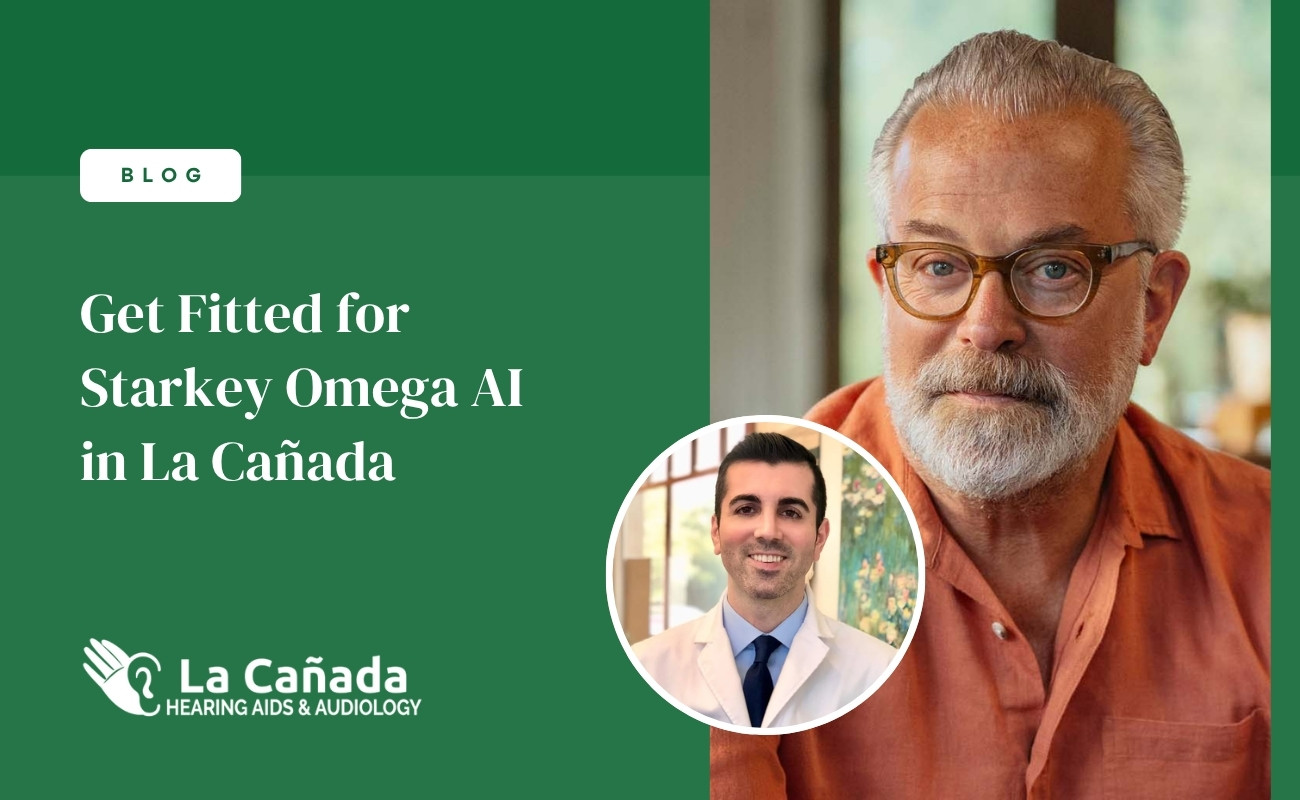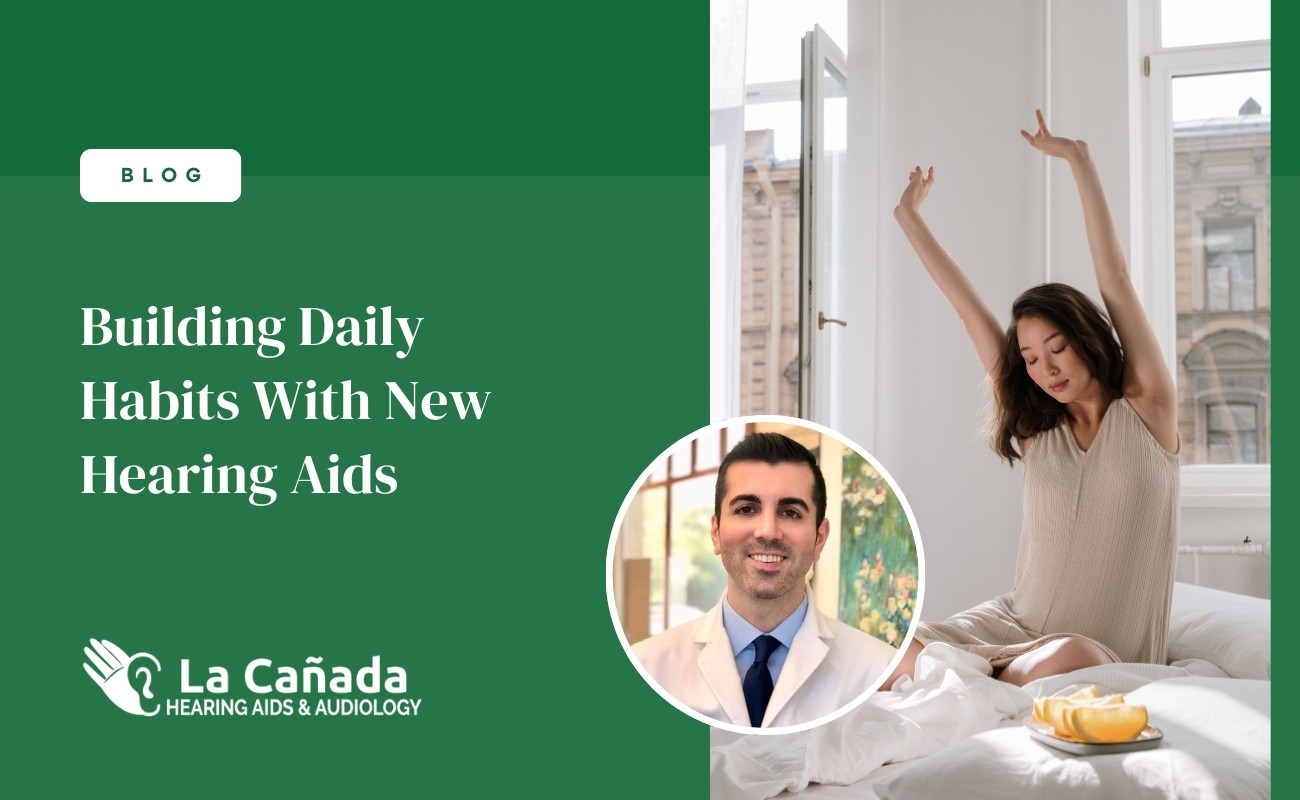Across age groups, hearing loss can result from a variety of causes. Illnesses, genetics, injuries to the head, birth complications, or exposure to certain medications can all be factors to hearing loss. Among older people hearing loss is most often attributed to a natural aging of the auditory nerve, also known as age-related hearing loss. In teens, however the most common cause of hearing loss is excessive noise exposure. This, of course, is completely preventable.
Hearing Loss in Younger Populations
Studies show an increasing number of young people with hearing loss and tinnitus. According to an American study, one in four young New York adults aged 18-44 reports hearing loss and hearing problems are found in 23% of people who use headphones at a high volume at least five days a week for four hours a day.
According to the Journal of Pediatrics, 12.5 percent of kids between the ages of 6 and 19 have hearing loss as a result of listening to loud music, particularly through earbuds at unsafe volumes. One reason hearing loss among young people is on the rise is that the new technology allows for thousands of songs to be stored, as opposed to the old technology (such as an old tape deck or portable cd player, for example) which only played one cassette or CD at a time. More song storage leads to longer listening times.
Unlike the bulky headphones of the past, earbuds deliver sound directly into the ear canal without any sound buffering in between. Adding to this is that most of the earbuds come bundled with iPods and other mp3 players are a lower quality, so they are unable to transit the bass as effectively. As any music lover knows, if you can’t hear the bass, the temptation is to turn the music up.
Standards for Hearing Protection Among Young People
A new international standard developed by the World Health Organization (WHO) and the International Telecommunication Union (ITU) aims to prevent hearing loss among 1.1 billion young people. These new standards were announced February 12 and were released with an online a “Toolkit for safe listening devices and systems.” The goal of the toolkit is to make it easy for affiliates of WHO-ITU to adopt, implement, and monitor the standard and to ensure that all users of personal audio systems are empowered with information on safe listening.
The WHO-ITU report that half of people aged 12-35 – 1.1 billion young people – are at risk of hearing loss due to prolonged and excessive exposure to loud sounds, including music they listen to through personal audio devices. Ahead of World Hearing Day (March 3), WHO and ITU issued the new standard for the manufacture and use of these devices, which include smartphones and audio players, to make them safer for listening. These standards include:
- A “sound allowance” function, software that tracks the level and duration of the user’s exposure to sound as a percentage.
- A personalized profile: an individualized listening profile, based on the user’s listening practices, which informs the user of how safely (or not) they have been listening and gives cues for action based on that information
- Volume limiting options, including automatic volume reduction and parental volume control
- General information and guidance to users on safe listening practices, both through personal audio devices and for other leisure activities
The standard was developed under WHO’s “Make Listening Safe” initiative, which seeks to improve listening practices especially among young people, both when they are exposed to music and other sounds at noisy entertainment venues and as they listen to music through their personal audio devices. WHO is recommending that governments and manufacturers adopt the voluntary WHO-ITU standards.
“Given that we have the technological know-how to prevent hearing loss, it should not be the case that so many young people continue to damage their hearing while listening to music,” said Dr. Tedros Adhanom Ghebreyesus, WHO’s director-general. “They must understand that once they lose their hearing, it won’t come back.
Visit Us at La Canada Hearing
Just because hearing loss is common doesn’t mean everyone is destined to be affected by it. There are many ways to prevent hearing loss or stop it from getting worse. If you suspect you have a hearing loss, visit Dr. Ivory of La Cañada Hearing so we can make sure you are on the road to healthy hearing.


.webp)

.jpg)



